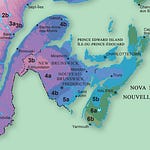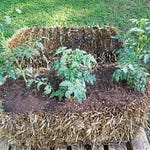Comparing results is a natural thing for gardeners to do, and whenever one gardener seems to be getting better results than another - the other gardener starts asking questions like, “what am I doing wrong?”, and “what’s wrong with my garden?”

This is an important part of the learning process, and talking to other gardeners who are working with similar growing conditions is a great way to learn; however, while it is sometimes the case that better results are explained by better methods, it can also be the case that some locations have better growing conditions that others.
Days to maturity are not everything
Most seed packs indicate how many days are required for the seeds inside to become harvestable plants. Unfortunately, these estimates are not as reliable as your next mortgage payment. The estimated days to maturity are based on an assumed amount of sunlight (aka sun energy) being gathered by the plant during each of those days. For gardeners with exceptionally long days, or those with exceptionally sunny days, the plants will mature ahead of schedule. Conversely, those with shorter days, or frequent foggy and cloudy days, or large objects that cast shade on their gardens for part of the day, will find that their plants might exceed the estimated days to maturity. This happens because every garden is growing in its own unique microclimate - and there can even be microclimates within gardens.
Listen to this episode with a 7-day free trial
Subscribe to The Maritime Gardening Newsletter to listen to this post and get 7 days of free access to the full post archives.











